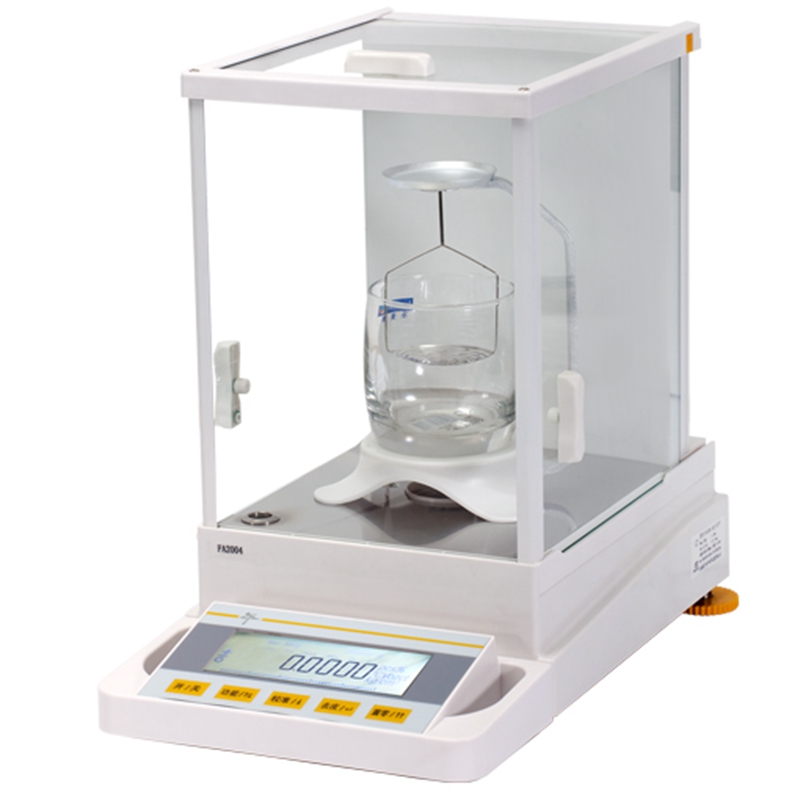smoke density chamber test factory
Understanding Smoke Density Chamber Tests Significance and Procedures
In the realm of fire safety and material testing, one of the critical assessments conducted is the Smoke Density Chamber Test. This test aims to evaluate the smoke generation characteristics of various materials when exposed to an open flame, an essential aspect of fire hazard analysis and safety regulations. Smoke density is a crucial factor since it can significantly affect visibility and respiratory safety during a fire event.
The Importance of Smoke Density Measurement
Smoke density indicates how much smoke a material produces when it burns. Materials that generate a high volume of dense smoke can pose acute risks during a fire, as they can obscure visibility and lead to hazardous conditions such as smoke inhalation. Therefore, understanding and measuring the smoke density of materials used in construction, upholstery, and other applications is vital for ensuring safety standards are met.
The Smoke Density Chamber Test Explained
The Smoke Density Chamber Test is typically performed in a controlled environment where a small sample of the material is subjected to heat or flame. Various standards, such as those outlined by ASTM E662 or ISO 5659, guide the testing process. The procedure involves placing the material in a smoke chamber and igniting it. As the material burns, smoke is generated, and the chamber collects this smoke to analyze its opacity.
smoke density chamber test factory

The primary apparatus used in this test includes a smoke density chamber, which is designed to monitor and measure the light transmittance through the smoke. The results are interpreted using a method called specific optical density, which correlates to how much light is obstructed by the smoke. The higher the optical density number, the denser and more opaque the smoke produced by the material.
Applications of Smoke Density Testing
The results from smoke density chamber tests are utilized across various industries, notably construction, automotive, and aerospace. In the building and construction sector, materials like carpets, wall coverings, and insulation must comply with specific smoke generation standards to reduce the risk of fire-related casualties. In the automotive industry, the materials used in vehicle interiors, such as seats and dashboards, are also tested to ensure they do not contribute excessively to smoke generation in the event of a fire.
Moreover, stringent regulations set by agencies like the National Fire Protection Association (NFPA) mandate smoke density testing for materials intended for public use, thus ensuring that safety standards are maintained for public welfare.
Conclusion
In conclusion, smoke density chamber testing plays a fundamental role in fire safety. By quantifying the amount of smoke produced by various materials, manufacturers can develop safer products that comply with established safety standards. As technology advances, these tests continue to evolve, incorporating improved methodologies for better accuracy and reliability. Understanding the implications of smoke density is not only essential for compliance with regulations but is a vital part of ensuring safety in our daily environments. Stakeholders must prioritize smoke density testing to enhance public safety and minimize the risks associated with fire.
-
Why the Conductor Resistance Constant Temperature Measurement Machine Redefines Precision
NewsJun.20,2025
-
Reliable Testing Starts Here: Why the High Insulation Resistance Measuring Instrument Is a Must-Have
NewsJun.20,2025
-
Flexible Cable Flexing Test Equipment: The Precision Standard for Cable Durability and Performance Testing
NewsJun.20,2025
-
Digital Measurement Projector: Precision Visualization for Modern Manufacturing
NewsJun.20,2025
-
Computer Control Electronic Tensile Tester: Precision and Power for the Modern Metal Industry
NewsJun.20,2025
-
Cable Spark Tester: Your Ultimate Insulation Assurance for Wire and Cable Testing
NewsJun.20,2025
 Copyright © 2025 Hebei Fangyuan Instrument & Equipment Co.,Ltd. All Rights Reserved. Sitemap | Privacy Policy
Copyright © 2025 Hebei Fangyuan Instrument & Equipment Co.,Ltd. All Rights Reserved. Sitemap | Privacy Policy
